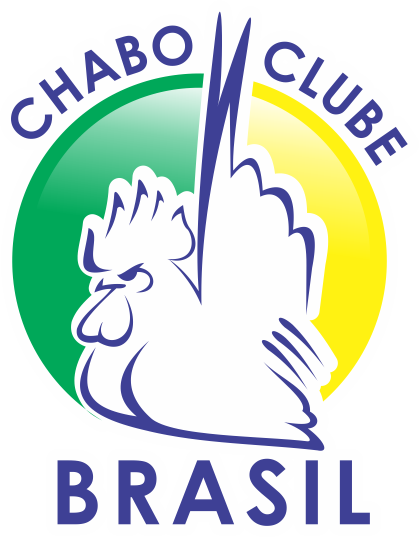
Best Trading Indicators for Beginners
Trading in the financial markets can be overwhelming, especially for beginners. One of the most effective ways to navigate through the complexities of trading is by utilizing various indicators. These tools can help traders analyze market trends, make informed decisions, and ultimately increase their chances of success. In this article, we will explore some of the best trading indicators for beginners and how you can use them to your advantage. If you’re interested in trading platforms, don’t forget to check out best trading indicators for beginners on pocket option Pocket Option отзывы as well.
1. Moving Averages
Moving averages are one of the most fundamental indicators used in trading. They smooth out price data over a specific period, making it easier to identify trends. Beginners often use two types of moving averages: the Simple Moving Average (SMA) and the Exponential Moving Average (EMA). The SMA calculates the average price over a set number of periods, while the EMA gives more weight to recent prices, making it more responsive to new information.
Moving averages can help you identify support and resistance levels, as well as possible entry and exit points. For example, when a shorter-term moving average crosses above a longer-term moving average, it’s often considered a bullish signal, while a cross below can indicate a bearish signal.
2. Relative Strength Index (RSI)
The Relative Strength Index (RSI) is a momentum oscillator that measures the speed and change of price movements. Its value ranges from 0 to 100, and it is generally used to identify overbought or oversold conditions in a market. An RSI above 70 typically indicates that an asset is overbought, while an RSI below 30 suggests it is oversold.
Using the RSI can help beginners determine potential reversal points. For instance, if the RSI indicates that an asset is oversold while the price is still declining, it might be a good opportunity to buy. Conversely, if the asset is overbought and the RSI starts to turn down, it may be time to sell.

3. Bollinger Bands
Bollinger Bands consist of three lines: a middle band (SMA) and two outer bands that are standard deviations away from the SMA. This indicator provides a visual representation of volatility and price levels. When the bands contract, it indicates low volatility, while expansion signals high volatility.
Bollinger Bands can help beginners identify potential market entries and exits. For example, price touching the lower band may suggest a buying opportunity, while price touching the upper band could indicate a selling opportunity. It’s important to confirm these signals with other indicators or analysis to increase their reliability.
4. MACD (Moving Average Convergence Divergence)
The MACD is a versatile indicator that shows the relationship between two moving averages of an asset’s price. It consists of the MACD line, the signal line, and a histogram. When the MACD line crosses above the signal line, it can signal a potential buy, whereas a cross below can indicate a potential sell.
Additionally, the histogram provides insights into the strength of the momentum. A growing histogram suggests increasing momentum, while a declining histogram indicates weakening momentum. This makes MACD a valuable tool for beginners to assess potential entry and exit points.
5. Stochastic Oscillator
The Stochastic Oscillator is a momentum indicator compared to an asset’s price over a specific period. It ranges from 0 to 100 and is used to identify overbought and oversold conditions, similar to the RSI. Values above 80 usually indicate overbought conditions, while values below 20 indicate oversold conditions.
Traders can use the Stochastic Oscillator to generate buy and sell signals. When the %K line crosses above the %D line in the oversold area, it can signal a potential buying opportunity. Conversely, a cross below in the overbought area may suggest a selling opportunity.

6. Fibonacci Retracement Levels
Fibonacci retracement levels are popular among traders for identifying potential support and resistance levels during a trend. By plotting horizontal lines at key Fibonacci levels (23.6%, 38.2%, 50%, 61.8%, and 100%), beginners can forecast potential price reversals or continuations.
Traders should apply Fibonacci levels when a market trend is established, using them to determine retracement zones where price may reverse. It’s important to combine Fibonacci levels with other indicators to enhance the accuracy of the signals.
7. Average True Range (ATR)
The Average True Range (ATR) is a volatility indicator that shows the degree of price movement for an asset over time. ATR helps traders understand market volatility and set appropriate stop-loss levels. A higher ATR indicates increased volatility, while a lower ATR suggests the opposite.
Beginners can use ATR for determining position sizing and setting stop-loss orders. For instance, a trader may choose to set a stop-loss multiple times the ATR away from the entry point to avoid being stopped out during normal price fluctuations.
Conclusion
Choosing the right trading indicators is crucial for beginners aiming to navigate the complexities of the financial markets. The indicators discussed in this article—moving averages, RSI, Bollinger Bands, MACD, Stochastic Oscillator, Fibonacci retracement levels, and ATR—can provide valuable insights into market trends and assist in making informed trading decisions.
It’s essential for beginners to practice using these indicators in a demo trading environment before applying them in live markets. Mastering the art of using trading indicators can significantly improve your trading strategy, leading to a higher success rate in your trading endeavors.

